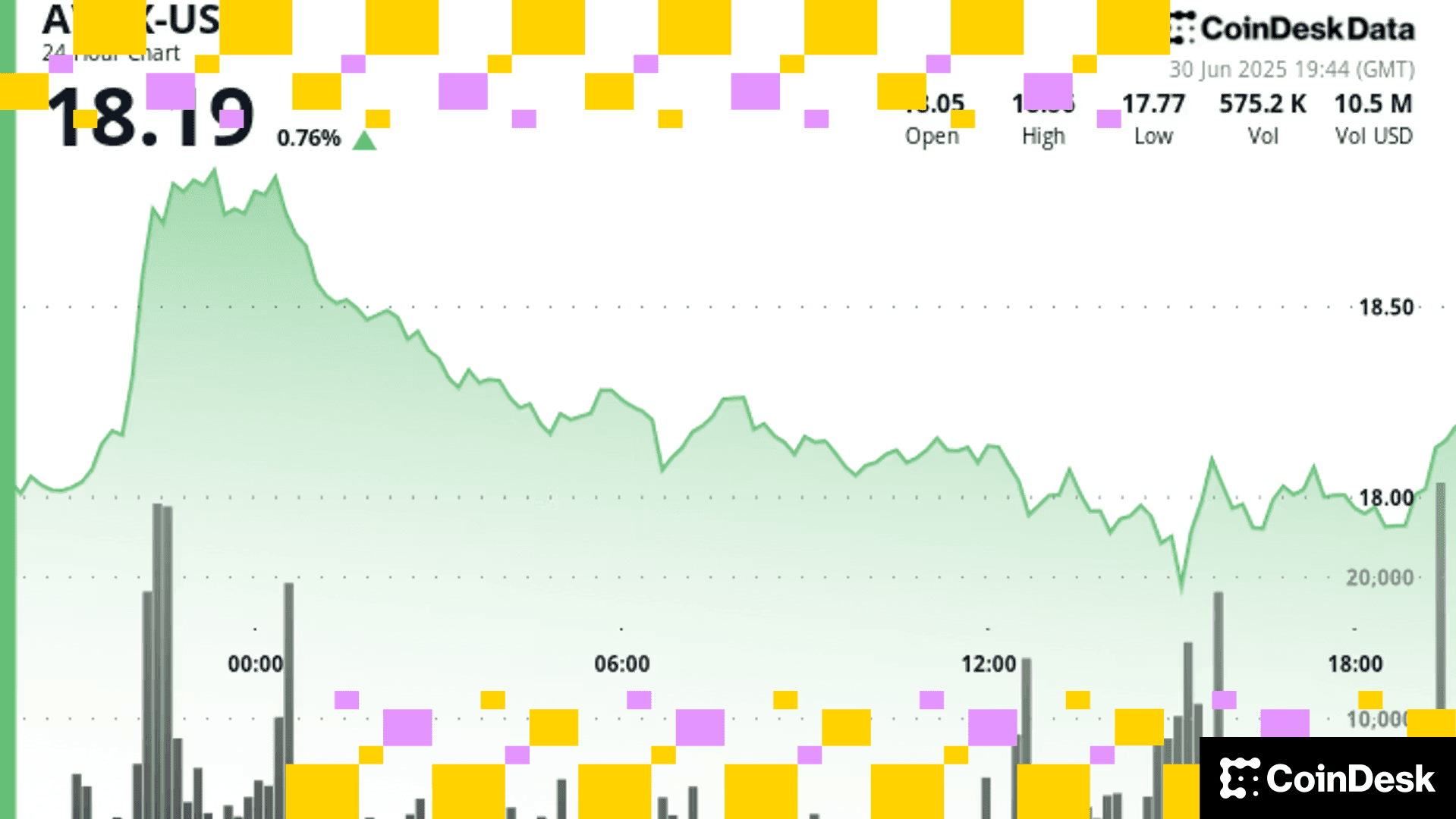Latin Americans Turning to Dollar Stablecoins Amid Inflation Surge: Paxos
Latin Americans already see dollar-backed stablecoins as more secure than their own currencies, according to a new study.

A new study unveiled that the drive toward digital currencies in Latin America comes from consumers instead of institutions.
Latin America saw the fastest growth pace of cryptocurrency in 2021. In particular, about 41% of adults in Brazil own some cryptocurrency, according to a report from Gemini. Latin Americans led this wide adoption with the desire for a viable alternative to traditional banks, receiving over $60 billion cryptocurrency in 2021.
The report published by blockchain infrastructure firm Paxos said cryptocurrency, particularly dollar-linked stablecoins, are appealing to Latin Americans more trusting of the greenback than their own hyperinflation-prone national currencies. It didn’t mention which stablecoins people are using.
Read more: Why Latin American Crypto Exchanges Are Doubling Down on Yield Products
As the region is enduring the highest inflation in the world, lingering around 12%, the dollar keeps its dominant position as a tool to counter the local inflation challenges. In this way Latin Americans already see dollar-backed stablecoins as more secure than their own currencies, the report said.
The report also cited data from Mastercard, unveiling that over 33% of Latin American consumers have used stablecoins for everyday purchases.
“The consumers in Latin America have suffered their currencies depreciation and capital controls for a long time, so they were quick to understand the advantages of crypto and embrace it,”Wences Casares, chief executive officer of Gibraltar-based Xapo Bank, said in the report.
Read more: Half of Latin Americans Have Used Cryptocurrencies, Mastercard Survey Shows
CORRECTION (Sept. 13, 2022, 03:26 UTC): Amends article to clarify Latin Americans received more than $60 billion in cryptocurrency in 2021.
More For You
Exchange Review - March 2025

CoinDesk Data's monthly Exchange Review captures the key developments within the cryptocurrency exchange market. The report includes analyses that relate to exchange volumes, crypto derivatives trading, market segmentation by fees, fiat trading, and more.
需要了解的:
Trading activity softened in March as market uncertainty grew amid escalating tariff tensions between the U.S. and global trading partners. Centralized exchanges recorded their lowest combined trading volume since October, declining 6.24% to $6.79tn. This marked the third consecutive monthly decline across both market segments, with spot trading volume falling 14.1% to $1.98tn and derivatives trading slipping 2.56% to $4.81tn.
- Trading Volumes Decline for Third Consecutive Month: Combined spot and derivatives trading volume on centralized exchanges fell by 6.24% to $6.79tn in March 2025, reaching the lowest level since October. Both spot and derivatives markets recorded their third consecutive monthly decline, falling 14.1% and 2.56% to $1.98tn and $4.81tn respectively.
- Institutional Crypto Trading Volume on CME Falls 23.5%: In March, total derivatives trading volume on the CME exchange fell by 23.5% to $175bn, the lowest monthly volume since October 2024. CME's market share among derivatives exchanges dropped from 4.63% to 3.64%, suggesting declining institutional interest amid current macroeconomic conditions.
- Bybit Spot Market Share Slides in March: Spot trading volume on Bybit fell by 52.1% to $81.1bn in March, coinciding with decreased trading activity following the hack of the exchange's cold wallets in February. Bybit's spot market share dropped from 7.35% to 4.10%, its lowest since July 2023.
More For You











